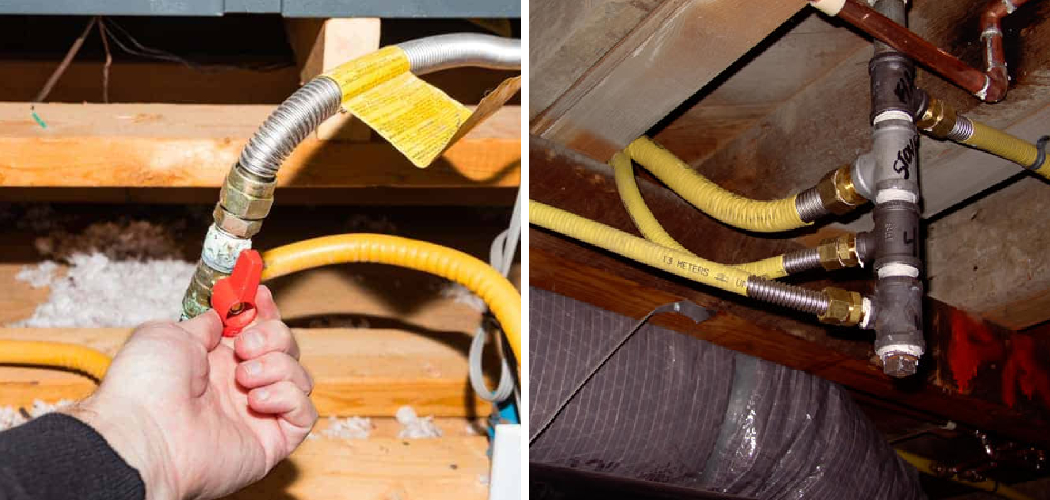Have you ever found yourself needing to add a new gas appliance to your home, but there is no available gas line? Don’t worry; you don’t have to spend a fortune on a plumber to do it for you. You can tee off an existing gas line and add a new branch to connect your appliance to the gas line. In this blog post, we will explore how to tee off an existing gas line safely and efficiently.
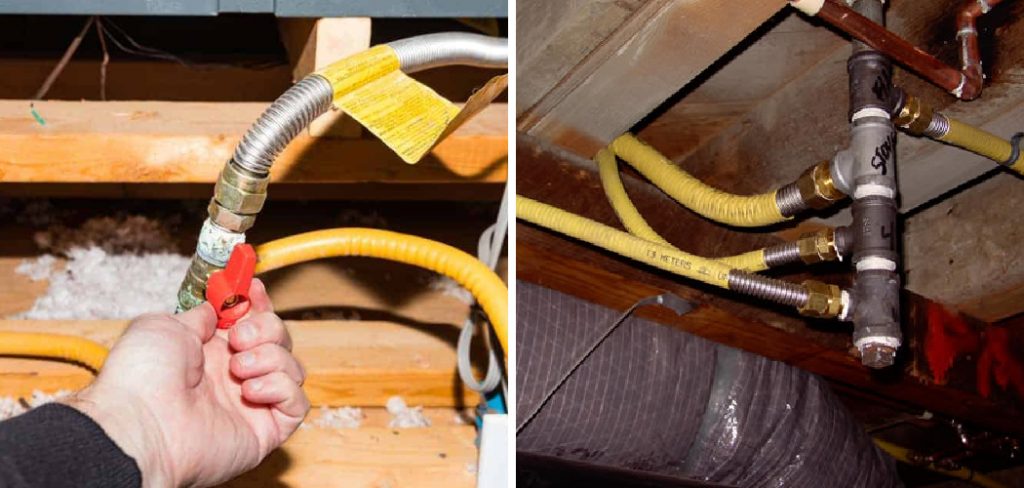
Can You Tee Off an Existing Gas Line?
You want to ensure you do everything safely when undertaking a home renovation project. One question frequently arises is whether it’s safe to tee off an existing gas line. While it’s technically possible, the answer isn’t so cut and dry.
There are a lot of factors to consider, such as the type of gas being used, the condition of the existing line, and whether or not a licensed professional is doing the work. Ultimately, if you’re not experienced working with gas lines, it’s best to bring in an expert to assess the situation and make sure that everything is done safely and up to code.
It’s just not worth taking any chances when it comes to the safety of your home and family.
Why Should You Tee Off an Existing Gas Line?
When it comes to installing gas appliances in your home, teeing off an existing gas line may seem like an intimidating task. But the truth is that it is often the most practical and cost-effective solution. By tapping into an existing gas line, you can avoid the expense and inconvenience of running a completely new line from the utility company.
This option is more budget-friendly and allows you to have greater flexibility with the location and number of appliances you can install. Plus, when done by a licensed and experienced professional, tee-ing off an existing gas line is a safe and reliable way to provide your home with the energy it needs.
How to Tee Off an Existing Gas Line – 7 Steps to Follow
Step 1: Gather Your Tools
Before you start, ensure you have the necessary tools and materials. You will need a pipe cutter, a tee fitting, a gas-rated sealant, a gas-rated flex hose, and a wrench. First, turn off the main gas line valve and any valves leading to the line you’re working on. This will minimize the risk of gas leaks while working on the line.
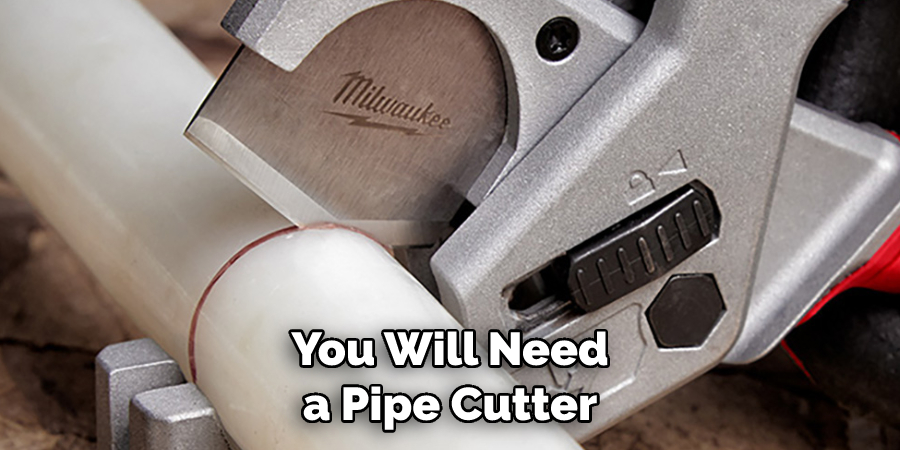
Step 2: Using the Pipe Cutter
Using the pipe cutter, cut into the existing gas line at the point where you want to add the new tee. Follow the manufacturer’s instructions carefully to avoid damaging the pipe. Clean the pipe ends, and apply a generous amount of gas-rated sealant around the circumference of the new tee fitting. Insert the tee fitting into the pipe, making sure it is snugly fitted.
Step 3: Attach the Gas-Rated Flex Hose
Attach the gas-rated flex hose to the other end of the tee fitting and route it to the gas appliance you want to connect. Be careful to avoid sharp bends in the hose, as this can cause damage and lead to gas leaks. Use a wrench to tighten the hose connection to the fitting, taking care not to overtighten, which can also damage the hose.
Step 4: Turn on The Valves
Once everything is in place, turn on the valves you shut off earlier and test for gas leaks. Use a gas leak detector or soap and water to detect any leaks. If you detect a leak, turn off the gas supply immediately and fix it before proceeding. Otherwise, turn on the new appliance and check that it is working correctly.
Step 5: Attach the Appliance
Attach the gas appliance to the hose you routed earlier and make sure it is firmly in place. Take care not to overtighten any screws or bolts, as this can damage the appliance. After tightening all connections, turn on the main valve and check that your appliance is working properly.
Step 6: Check for Gas Leaks
Once you’ve attached the appliance, use a gas leak detector or soap and water to check for any gas leaks. If you detect a leak, immediately turn off the main valve and fix it before proceeding.
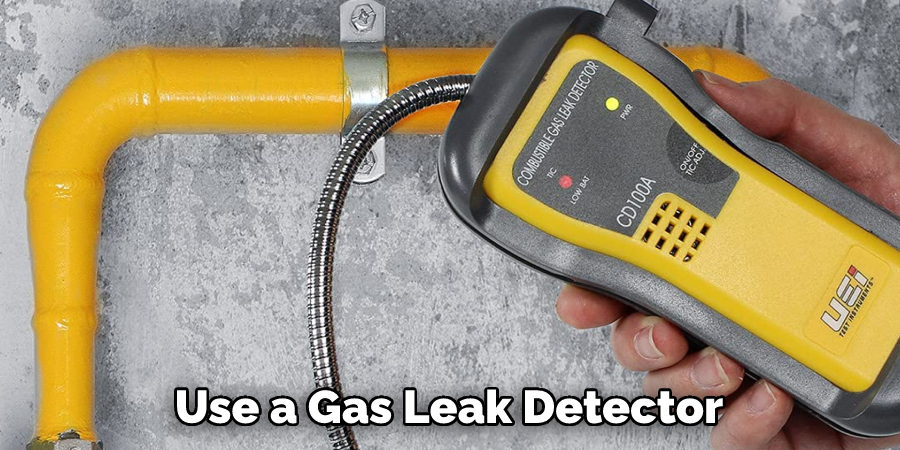
Step 7: Final Checks & Clean Up
Finally, double-check your work and make sure that all valves are closed and all pipes and hoses are secure. Clean up any debris or sealant residue, and you’re done! You have successfully installed a tee off an existing gas line.
That’s it! You’ve now learned the steps to teeing off an existing gas line. Follow these steps carefully, and you’ll be sure to complete a successful installation. Remember, always take precautions when working with gas and follow the manufacturer’s instructions for safety.
5 Considerations Things When You Need to Tee Off an Existing Gas Line
1. Location of The Gas Line
The first thing you need to consider when teeing off an existing gas line is the location of the gas line. You will need to make sure that the gas line is located in an area where the construction work will not damage it. Additionally, you will need to make sure that the gas line is located in an area where it will not be a safety hazard.
2. Size of The Gas Line
The next thing you need to consider is the size of the gas line. You will need to ensure that the gas line is large enough to accommodate the additional gas flow. If the gas line is too small, it could cause a pressure build-up that could result in a rupture.
3. Pressure of The Gas
Another thing you need to consider is the pressure of the gas in the line. You will need to make sure that the pressure is within safe limits before teeing off the existing gas line. If the pressure is too high, it could cause a rupture in the new section of the pipe.
4. Type of Pipe Material
Another consideration is the type of pipe material that is being used for the new section of pipe. You will want to make sure that the new pipe is made from a compatible material so that it will not react with the existing pipe material and cause corrosion.
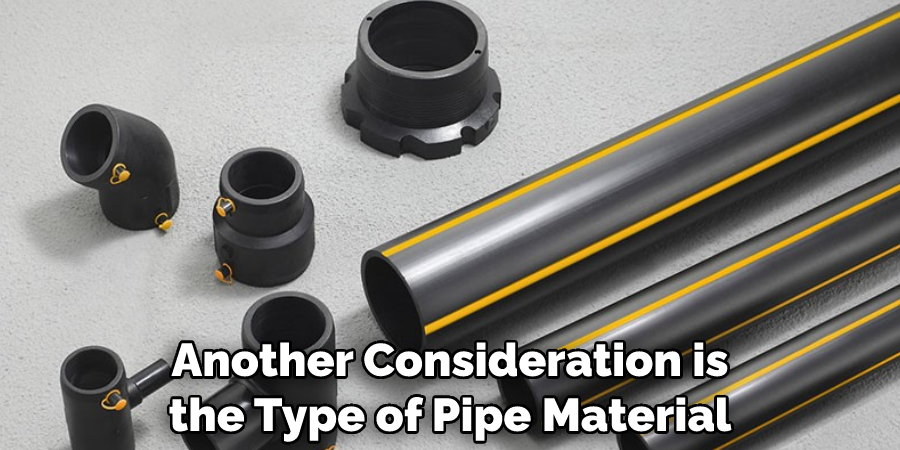
5. Tolerance for Teeing Off Existing Gas Lines
The final thing you need to consider is your tolerance for teeing off an existing gas line. You will need to make sure that you are comfortable with doing this type of work before starting. Additionally, you will want to make sure that you have all of the necessary tools and safety equipment before starting
5 Benefits of Tee Off an Existing Gas Line
1. Reduced Costs
One of the primary benefits of teeing off an existing gas line is that it can help to reduce costs. Tapping into an existing gas line eliminates the need to install a new gas line, which can be expensive. Additionally, teeing off an existing gas line can help reduce the time and labor required to install a new gas line.
2. Increased Efficiency
Another benefit of teeing off an existing gas line is that it can help to increase efficiency. Since the amount of time and labor required to install a new gas line are reduced, more work can be done in less time. This helps to reduce costs and increases productivity.
3. Improved Safety
Teeing off an existing gas line can also help to improve safety. Installing a new line that extends from an existing one can reduce the risk of gas leaks and accidents since you don’t need to worry about connecting two lines. This method also eliminates the need for extra fittings and couplings that could otherwise cause potential safety issues.
4. Enhanced Reliability
Another benefit of teeing off an existing gas line is that it can help to enhance reliability. Since the lines are already connected, you don’t have to worry about any potential disconnects or leaks in the system. This helps to ensure that the gas supply remains consistent and reliable.
5. Environmental Benefits
Environmental Benefits can also be achieved when you tee off an existing gas line. This installation method helps reduce the amount of pipe and materials used, which helps conserve natural resources. Additionally, it reduces the amount of time required for construction work, which means that less energy is used overall.
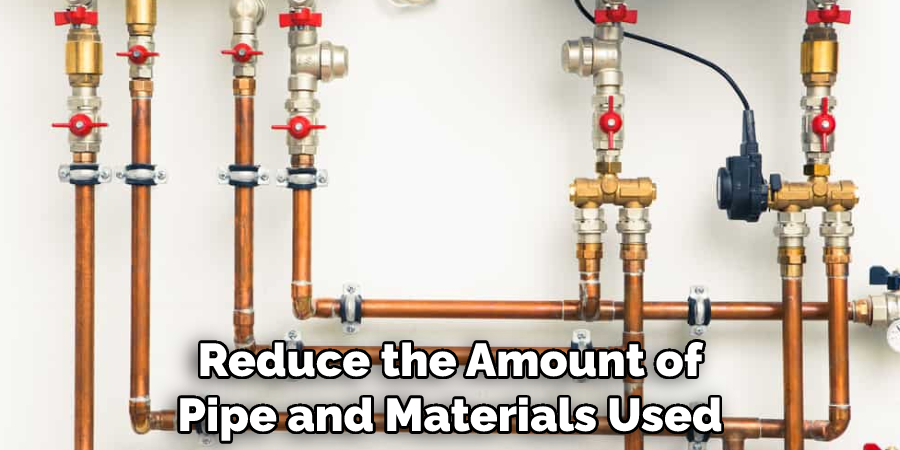
4 Common Mistakes People Make When Trying to Tee Off an Existing Gas Line
1. Not Calling 811
The first mistake people make when trying to tap into an existing gas line is not calling 811. 811 is a national hotline you can call to have your property marked for underground utilities. This service is free and will help prevent you from damaging any gas lines, water lines, or other utilities buried on your property.
2. Not Digging Carefully
Another mistake people make when tapping into an existing gas line is not digging carefully. When excavating around an existing gas line, it is important to use hand tools rather than power tools to avoid damaging the line. Additionally, you should take care to avoid putting any unnecessary stress on the line, as this could cause it to break or leak.
3. Not Following the Proper Procedure
Another common mistake people make when trying to tee off an existing gas line is not following the proper procedure. The first step in tapping into an existing gas line is to obtain a permit from your local utility company. Once you have obtained a permit, you will need to locate the main gas shut-off valve for your property and turn it off.
After the main shut-off valve has been turned off, you can then begin excavating around the gas line. Once you have exposed the gas line, you will need to cut it and install a tee fitting in order to tap into the line. Finally, you will need to turn the main shut-off valve back on and test for leaks before using the new tap.
4. Not Hiring a Professional
One of the biggest mistakes people make when trying to tap into an existing gas line is not hiring a professional. Gas lines are complex systems requiring a great deal of knowledge and experience to work safely. Attempting to tap into an existing gas line without professional help can be extremely dangerous and could result in serious injury or even death.

If you are unsure how to tap into an existing gas line properly, it is always best to hire a professional plumber or contractor to do it for you.
Conclusion
Adding a new branch to an existing gas line might seem overwhelming, but with the right tools and instructions, it is a simple, DIY project. As you have seen, the process involves cutting the existing pipe, adding a tee fitting and a gas-rated flex hose, and ensuring everything are tight and secure.
Always turn off the gas before starting and test for leaks afterward. This will guarantee your safety and that of your home or business. With these steps, you’ll be able to make the necessary additions to your gas lines with confidence and peace of mind. Thanks for reading our post about how to tee off an existing gas line.

